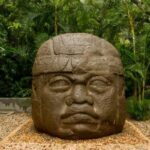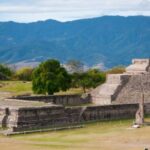We explain what the Totonac culture of Mesoamerica was and what its contributions were. Also, its location and other characteristics.
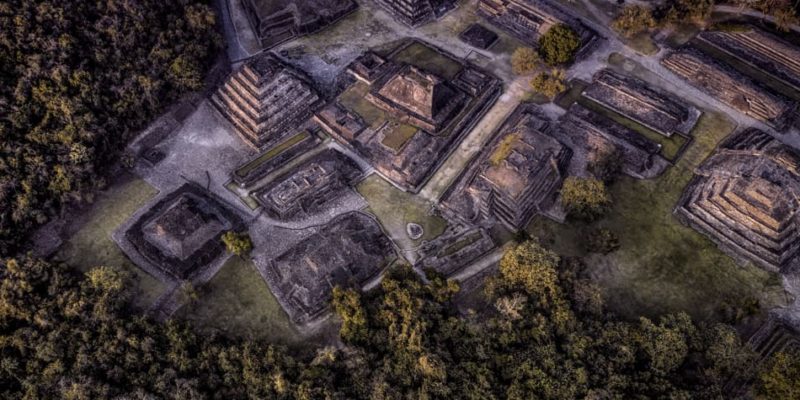
What was the Totonac culture?
The Totonac culture It developed in the Gulf of Mexico during the Classic periods (from 250 to 900 AD) and Postclassic (from 900 to 1521 AD). It was one of the ancient Mesoamerican cultures and inhabited the territory that today makes up the Mexican states of Veracruz and part of Puebla. Its period of splendor was between 600 and 1200 AD. c.
Its name is the plural of the Nahuatl term “totonacatl”, which refers to the inhabitants of the Totonacapan region, a name that according to some authors literally translates as “where it is hot.” In the Totonac language it means “three hearts”, perhaps in reference to three representative centers of this culture. The most important was El Tajín an urban center with an 18-meter-high ceremonial building known as the Pyramid of the Niches.
The Totonac people shared some elements with other Mesoamerican cultures, such as the ball game, human sacrifices and the cult of certain divinities (such as Quetzalcóatl and Tláloc). In turn, stood out in some particular features, such as the elaboration of stone ritual objects in the shape of axes, yokes and palms the application of original decorative expressions in architecture (such as the use of niches and cement) and the sculptures known as “smiling faces.”
The Totonac communities were dominated in the 15th century by the aztecs or Mexican who years later were conquered by the Spanish with the help of the Totonacs. Currently, some areas of Veracruz, Puebla and Hidalgo are still inhabited by populations of Totonac origin, who conserve their language and maintain some of their traditions.
Other Mesoamerican cultures were: Aztec culture, Toltec culture, Mayan culture, Olmec culture, Teotihuacan culture, Zapotec culture, Mixtec culture.
Key points
- The Totonac culture developed in the Gulf of Mexico, in areas of the current Mexican states of Veracruz and Puebla.
- It had its time of splendor at the end of the Classic period and the beginning of the Postclassic period, between 600 and 1200 AD. c.
- It was noted for its imposing ceremonial constructions, such as the pyramids of El Tajín and the ball playing fields.
- He left an important legacy in terms of ceramic production, sculpture, architectural decoration with niche motifs and dissemination of vanilla cultivation.
Location of the Totonac culture
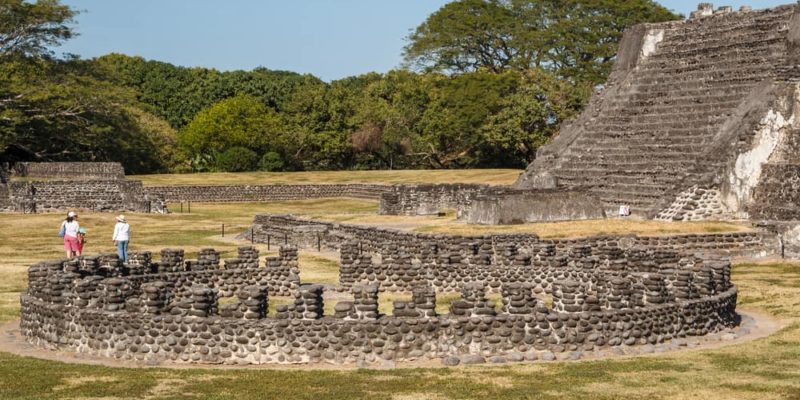
The Totonac culture It developed in the coastal region of the state of Veracruz and in the northern mountains of Puebla through an imposing urban display that consisted of several cities and, especially, three large urban and ceremonial centers called “the three hearts”:
- The Tajin. It was the most important city of the Totonac culture and controlled the region between the Cazones and Tecolutla rivers. His main architectural works were the Arroyo Group, the Pyramid of the Niches, the Blue Temple and the north and south ball courts.
- Yohualichan. It was located in the northern mountains of Puebla and was one of the main ceremonial centers of the Totonacas, where the architectural motif of the niches was developed, possibly as a symbolic representation of the caves that were abundant in the area.
- Cempoala. It was located on the coastal plain, near the Gulf of Mexico and the Actopan River. It had numerous irrigation canals that supplied the fields intended for agriculture. It housed more than twenty-five thousand inhabitants and among its architectural works the temples of the Sun, the Moon, Mayor, the Chimneys and the Cross stood out.
Characteristics of the Totonac culture

The Totonac culture was made up of two social strata:
- The nobles. They controlled the economy, religion and political decisions. This group was made up of the chief (who ruled), the priests (who led the ceremonial worship of the gods, had astronomical knowledge and directed human sacrifices), the wealthy landowners and the warrior leaders.
- The commoners. They were dedicated to agricultural production, crafts, fishing and masonry, in addition to providing services as servants on the lands of the nobles and in the temples. This group was made up of the majority of the population.
The economy of the Totonac culture was based on agriculture (cultivation of chili, tomato, corn, cocoa, vanilla and cotton) and in commerce (which allowed the development of cities and interaction with other towns and urban centers through the exchange of products and services).
The magnitude of the economic power achieved by the elite of the Totonac culture was reflected in the large buildings of their cities, such as pyramids, palaces, ball courts, houses and carefully decorated monuments.
The art of the Totonac culture was manifested mainly in ceramics and sculpture. The axes, yokes and stone palms are representative of the Totonac culture. In the past, the so-called “smiling faces” were attributed to them, ceramic sculptures that actually correspond to the Remojadas culture, a cultural group developed in the same region before the splendor of the Totonac culture. They also developed an architecture that stood out for its facades with carved reliefs, niches and the use of cement for the roofs.
The Totonac culture developed important knowledge about astronomy which influenced the construction of monuments, as was the case with the orientation of the Pyramid of the Niches of El Tajín, which has 365 external niches, corresponding to the days of the year, and is believed to have functioned as an astronomical calendar.
Religion of the Totonac culture
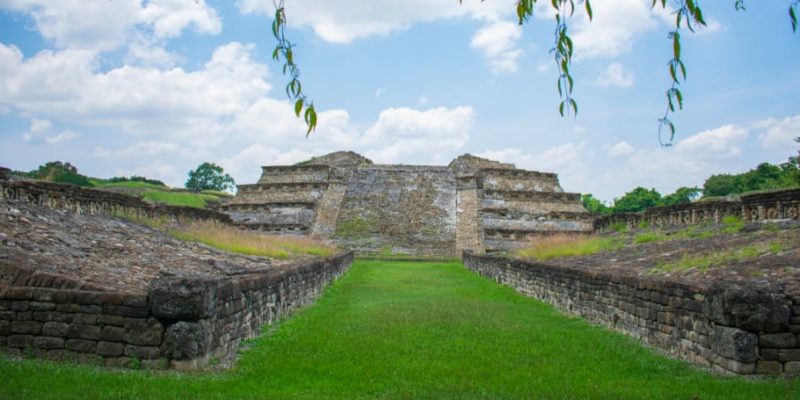
The religion of the Totonacos was polytheistic. Like other Mesoamerican cultures, they worshiped divinities associated with nature, agriculture and fertility, such as Tláloc (called Tajín by the Totonacos), Quetzalcóatl, Xochipilli, Xipe Tótec and Tlazoltéotl. In addition, they built ceremonial buildings in the shape of pyramids.
The ball playing fields functioned both as sports fields and spaces for religious rituals, where the ball probably symbolized the Sun, and the losers of the matches were sacrificed in honor of the gods.
Contributions of the Totonac culture
One of the main contributions of the Totonac culture was the cultivation of the vanilla plant. It was widely used in the Totonacapan region for various uses, mainly culinary and aromatic. When the Aztecs conquered the Totonacos, they imposed tribute payments on them, which included quantities of vanilla that they used in the preparation of chocolate. Then, vanilla was brought to Europe by the Spanish conquistadors.
Another significant contribution was their language, since Totonaco is one of the native languages of Mexico that is still spoken in the territory, specifically in some areas of the states of Veracruz, Puebla and Hidalgo.
References
- López Austin, A. & López Luján, L. (2001). The indigenous past. Economic Culture Fund-El Colegio de México.
- Manzanilla, L. & López Luján, L. (coords.) (2001). Ancient History of Mexico. 4 vols. National Institute of Anthropology and History.
- Ruiz Gordillo, JO (sf). Totonaca. Places / National Institute of Anthropology and History. https://lugares.inah.gob.mx/
- von Wobeser, G. (ed.) (2014). History of Mexico. Economic Culture Fund.


